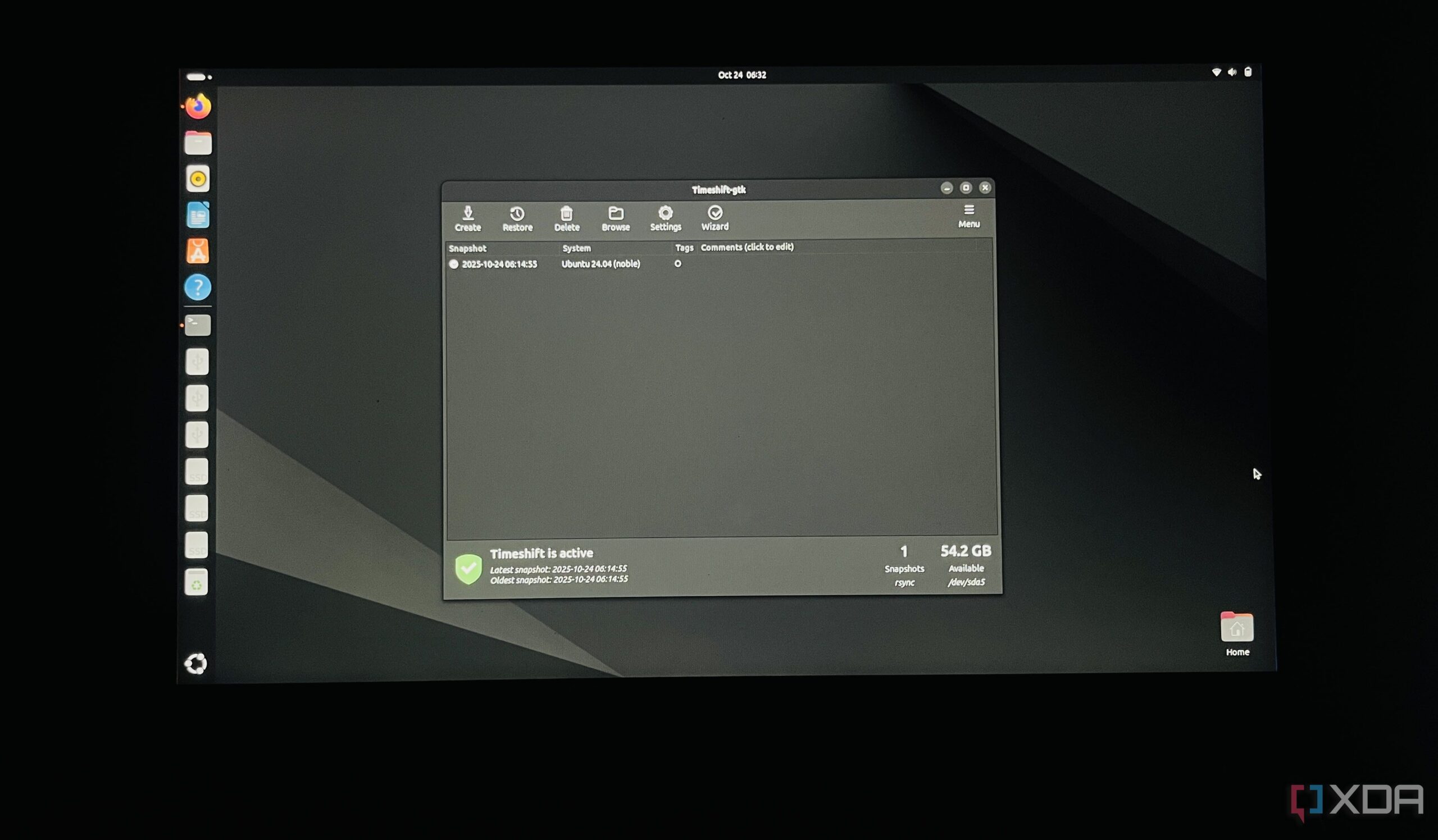URGENT UPDATE: A revolutionary free tool called Timeshift is set to transform how Linux users manage system backups and restores, offering capabilities similar to Apple’s Time Machine. This tool is particularly crucial for those experimenting with different kernels or system updates, providing an essential safety net that many Linux distributions lack by default.
Just announced, Timeshift allows Linux users to create system snapshots that act as restore points, enabling recovery from system failures or unstable updates. This groundbreaking tool is available for all major Linux distributions, including Ubuntu, Linux Mint, Debian, and Arch, making it an immediate game-changer for millions of users.
What makes Timeshift particularly appealing is its simplicity. Users can install it quickly using a single command through their package manager. This ease of setup means that even those new to Linux can immediately benefit from this powerful tool. Once installed, Timeshift allows users to take incremental snapshots of their system files, focusing exclusively on system-level directories, thereby ensuring personal files remain untouched during recovery.
The tool supports two snapshot methods: RSYNC, which copies individual files, and BTRFS, for those using a BTRFS partition. Users can choose their preferred method based on their system configuration, with RSYNC being the default for most installations.
Here’s how you can quickly get started with Timeshift:
1. Install Timeshift using your package manager.
2. Launch it from the App menu or terminal with the command sudo timeshift-gtk.
3. Select your snapshot type (RSYNC or BTRFS).
4. Choose a snapshot location—either an external drive or an internal partition.
5. Set your snapshot schedule to daily, weekly, or even hourly.
6. Create your first snapshot with a single click.
Timeshift also features automatic snapshots, ensuring your system is regularly backed up without manual intervention. This is a significant advantage for users who may forget to initiate backups regularly. Users can restore their systems quickly if issues arise, either from within Linux or via the GRUB boot menu, allowing for minimal downtime.
While Timeshift is a remarkable advancement for Linux users, there are important limitations to consider. It does not back up personal files by default, meaning users need to employ traditional backup solutions for their documents and media. Additionally, users should monitor storage space, as snapshots can accumulate and consume significant disk space over time.
Despite these limitations, Timeshift is highly recommended for both novice and advanced Linux users. It empowers users to experiment with confidence, knowing they can revert to a previous system state without losing their workflow. Whether you’re a power user tweaking system configurations or someone new to Linux, Timeshift is a vital tool that can enhance your experience.
With Timeshift now available, Linux users have a robust solution for managing system stability. The next time your system faces instability, having Timeshift installed will undoubtedly provide peace of mind and a quick path to recovery. Don’t miss out—get Timeshift today and take control of your Linux experience!








































































